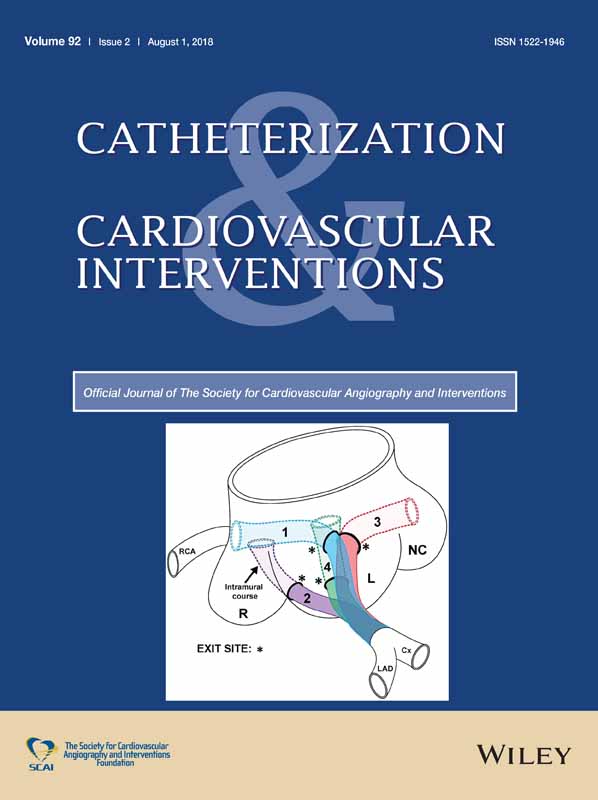Electronic cardiac arrest triage score best predicts mortality after intervention in patients with massive and submassive pulmonary embolism
This data was presented as a poster at Transcatheter Cardiovascular Therapeutics (TCT) October 30, 2016; Washington, DC
Abstract
Objective
To determine if the cardiac arrest triage (CART) Score would better predict poor outcomes after pharmacomechanical therapy (PMT) for massive and submassive pulmonary embolism (PE) than traditional risk scores
Background
PMT for massive and submassive PE allows for clot lysis with minimal doses of fibrinolytics. Although PMT results in improved right ventricular function, and reduced pulmonary pressures and thrombus burden, predictors of poor outcome are not well-studied.
Methods
We conducted a retrospective analysis of all patients who underwent PMT for massive or submassive PE at a single institution from 2010 to 2016. The CART score and electronic CART (eCART) score, derived previously as early warning scores for hospitalized patients, were compared to pulmonary embolism severity index (PESI) comparing the area under the receiver-operator characteristic curve (AUC) for predicting 30-day mortality.
Results
We studied 61 patients (56 ±17 years, 44.0% male, 29.5% massive PE, mean PESI 114.6 ± 42.7, mean CART 13.5 ± 1.39, mean eCART 108.5 ± 28.6). Thirty-day mortality was 24.6%. Treatments included rheolytic thrombectomy (32.7%), catheter-directed thrombolysis (50.8%), ultrasound-assisted thrombolysis (32.7%), and mechanical thrombectomy (4.9%). There were no differences in outcome based on technique. The eCART and CART scores had higher AUCs compared to PESI in predicting 30-day mortality (0.84 vs 0.72 vs 0.69, P = .010). We found troponin I and pro-BNP were higher in higher eCART tertiles, however AUCs were 0.51 and 0.63, respectively for 30-day mortality when used as stand-alone predictors.
Conclusion
Compared to PESI score, CART and eCART scores better predict mortality in massive or submassive PE patients undergoing PMT.
CONFLICT OF INTERESTS
The authors have no conflicts of interest to report.




